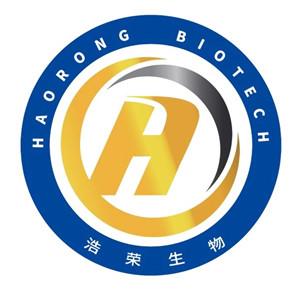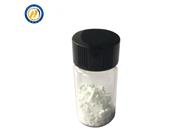Hexapeptide-11 CAS:161258-30-6 Skin Compact
Product Name:Hexapeptide-11
Synonyms:Hexapeptide-11;(2S)-1-[(2S)-2-[[(2S)-1-[(2S)-2-[[(2S)-2-[[(2S)-2-amino-3-phenylpropanoyl]amino]-3-methylbutanoyl]amino]propanoyl]pyrrolidine-2-carbonyl]amino]-3-phenylpropanoyl]pyrrolidine-2-carboxylic acid;L-Proline, L-phenylalanyl-L-valyl-L-alanyl-L-prolyl-L-phenylalanyl-
CAS:161258-30-6
MF:C36H48N6O7
MW:676.8
Boiling point:1035.1±65.0 °C(Predicted)
density:1.269±0.06 g/cm3(Predicted)
Skin Benifits Pentamide-6, or Hexapeptide-11, was originally isolated from Saccharomyces yeast fermentation. Pentamide-6 directly affects dermal cell senescence by downregulating key genes involved in apoptosis. The cellular proteins ataxia telangiectasia mutated (ATM) and p53 have been shown to be hyperactive in degenerative aging pathologies, leading to cellular senescence. Senescent cells in skin can cause dermal thinning, loss of subcutaneous fat, decreased hair growth, and slower wound healing. Pentamide-6 is a hexapeptide with the structure Phe-Val-Ala-Pro-Phe-Pro (FVAPFP). This oligopeptide helps promote younger looking skin by reversibly downregulating ATMP and p53 at peptide concentrations of 0.1%–1.0%. By targeting the cellular aging process, FVAPFP has been shown to modulate senescence in both intrinsically and extrinsically aged fibroblasts, as well as extrinsically aged dermal papillae cells in vitro. This signal oligopeptide has been shown to increase fibrillogenesis through growth factors, and ECPs increase transmembrane and cell shock proteins, and promote hair growth. A clinical trial conducted on 25 subjects showed its ability to increase skin elasticity and reduce deformity in facial skin.
Description
Hexapeptide-11 is a novel modulator of the proteostasis network in human diploid fibroblasts.
Uses:Hexapeptide-11 reduces the appearance of fine lines and wrinkles, making this an excellent addition to all kinds of skin care and anti-aging products. It has a unique set of amino acids that help to manipulate collagen levels and boost elasticity in the skin.

 China
China







